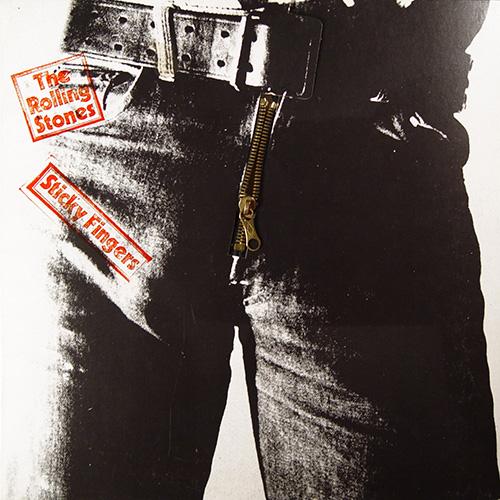Over the Christmas break, I found myself at the Barnes & Noble on O Street in Lincoln and trying to finish my shopping and was presented with an opportunity to do my good deed for the day.
As I was in the music section at the back of the store, there were a couple of ladies of Mick Jagger’s vintage, which is to say elderly or getting close to it.
While I don’t eavesdrop when I can avoid it, it was no secret that they were looking for The Rolling Stones for a gift for someone and having a hard time of it.
So I offered my younger eyes and years of music-shopping experience to find them the entire section of Rolling Stones CD’s.
But that did not solve their quandary, because they knew as much about The Rolling Stones as I know about Barry Manilow or Englebert Humperdink.
They didn’t know which one to get, so they were looking for a greatest hits or something along those lines and couldn’t find one, in part because most of the Stones’ “best of” collections don’t have the words “greatest” or “best” in their title, but mostly because Barnes & Noble didn’t have them, which only compounded these ladies’ dilemma.
So I suggested “Sticky Fingers.”
“It’s one of my favorites,” I said.
They were initially unable to find that, too, but then this kind grandmother plucked out the iconic crotch-shot that belonged to the cover of “Sticky Fingers.”
That Andy Warhol-created image is one I have a great deal of affection for, not necessarily because I like the image itself, but because of what the image protected, perhaps the single greatest rock and roll album ever made.
The leadoff track, “Brown Sugar,” has been worn out by classic rock radio (yes, I’m talking to you, Eagle), but not so much the rest of the album. Yes, “Wild Horses” and “Bitch” show up occasionally, but they certainly aren’t in the regular rotation (although they should be).
“Dead Flowers,” which closes the album, may be familiar to fans of “The Big Lebowski” because of the inclusion of Townes Van Zandt’s version of the song as the credits roll, but it’s not as though the album has a lot of songs casual rock fans would be familiar with.
So for many, the album is a wonderful world just waiting to be explored.
My relationship with the Stones’ music came late in large part because I was thrifty (my friends would use less favorable adjectives). Rolling Stones tapes were always a dollar or two more, and I didn’t want to take the risk on music I didn’t know. (It’s the same reason I was a latecomer to The Beatles.)
My first Stones tape, “Hot Rocks,” came into my possession because I helped a friend move some furniture out of his brother’s old bedroom and his brother had left it behind. When I picked it up, Chuck asked if I wanted it. And so it was mine.
And so I learned the joys of “Paint it Black,” “Play With Fire,” “Jumpin’ Jack Flash” and a host of others I hadn’t heard before.
A few years later, I finally got around to picking up “Sticky Fingers” and fell in love with “Sister Morphine.” And after countless plays, the moment when Ry Cooder’s slide guitar enters still lifts my heart.
But I didn’t really fall in love with the album as a whole until I took a blank cassette and put “Let It Bleed” (the album that preceded “Sticky Fingers”) on one side and “Sticky Fingers” on the other. I then proceeded to play it countless times, and it was never far from my car stereo.
I still vividly remember one time when I was a reporter for the Nebraska City News Press and working on a project in Seneca, Kan.
The day was a perfect early summer day with blue skies, and it was warm, but not hot, so I had the top down on my red LeBaron convertible. When I had done what I needed to do in Seneca, I headed north out of town with the open road before me, the top down and the first chords of “Brown Sugar” playing as loud as the stereo could go. I truly felt on top of the world.
No matter what kind of living caricatures the Rolling Stones are now and how choreographed their concerts have become, there is nothing that anyone can take away from them: once upon a time, they recorded “Sticky Fingers.”

